Subtotal: 377,76€ (incl. VAT)
Carbon removal factory
In September, Climeworks flipped the switch on Orca, the largest plant to date that is designed to remove carbon dioxide from the air.
The facility, outside Reykjavik, Iceland, can capture 4,000 metric tons of carbon dioxide every year. Large fans suck air through a filter, where materials bind with CO2 molecules. The company’s partner, Carbfix, then mixes the carbon dioxide with water and pumps it underground, where it reacts with basalt rock and eventually turns into stone. The facility runs entirely on carbon-free electricity, mainly from a nearby geothermal power plant.
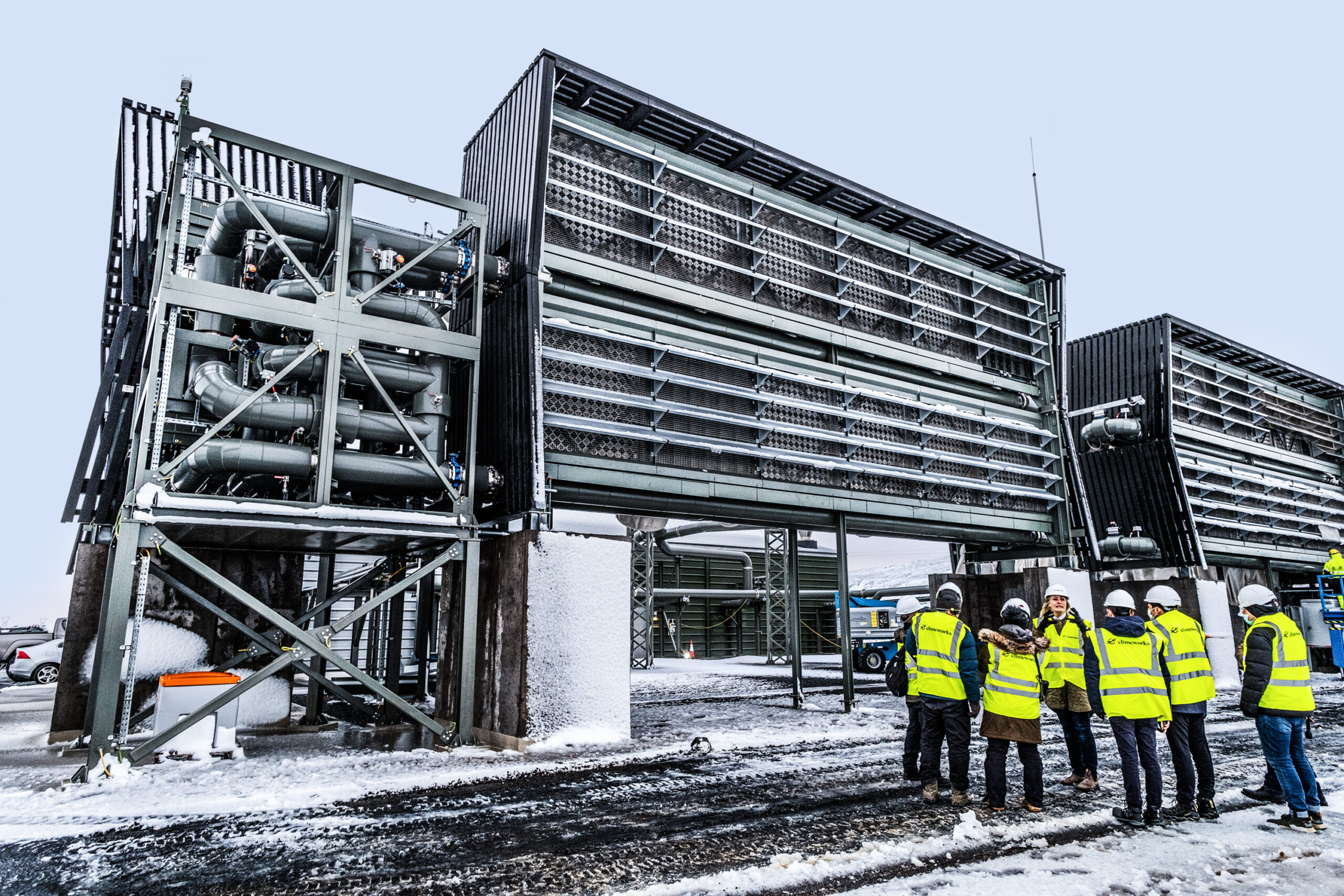
KRISTJáN MAACK
To be sure, 4,000 tons isn’t that much. It’s less than the annual emissions of 900 cars. And it’s a tiny fraction of the billions of tons of carbon dioxide the world will likely need to pull out of the atmosphere to prevent global warming from soaring past 2 °C over preindustrial levels, according to a variety of studies.
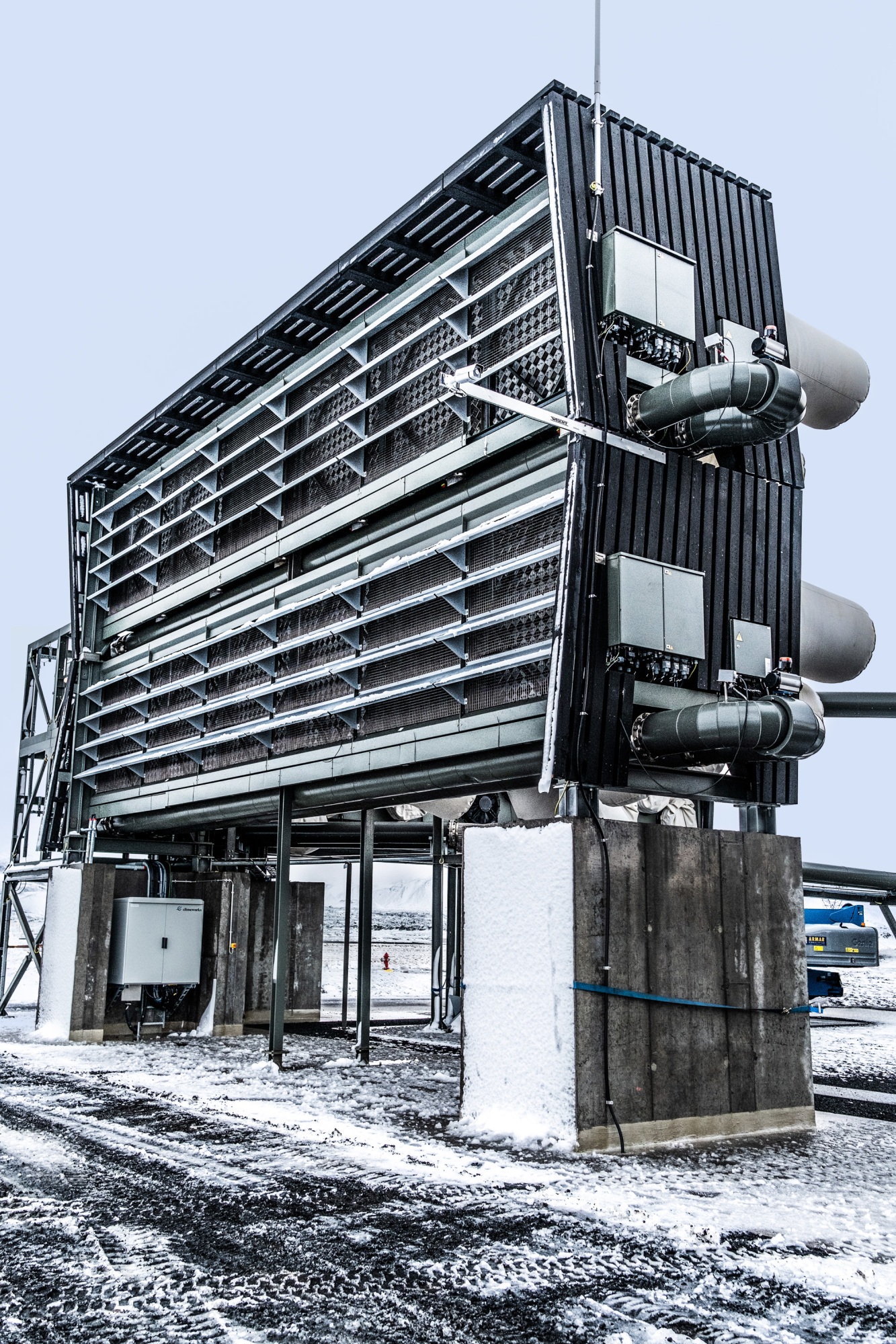
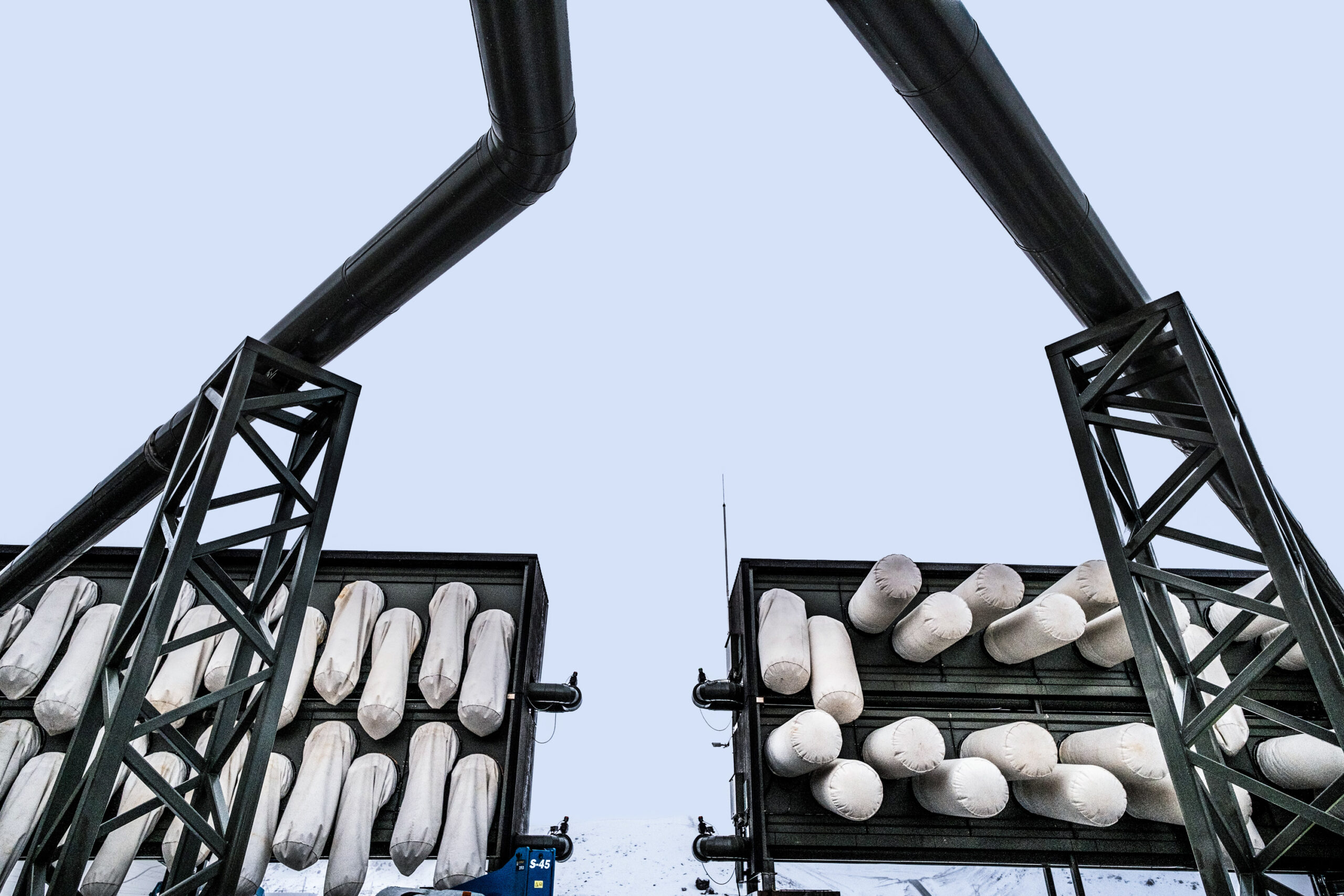
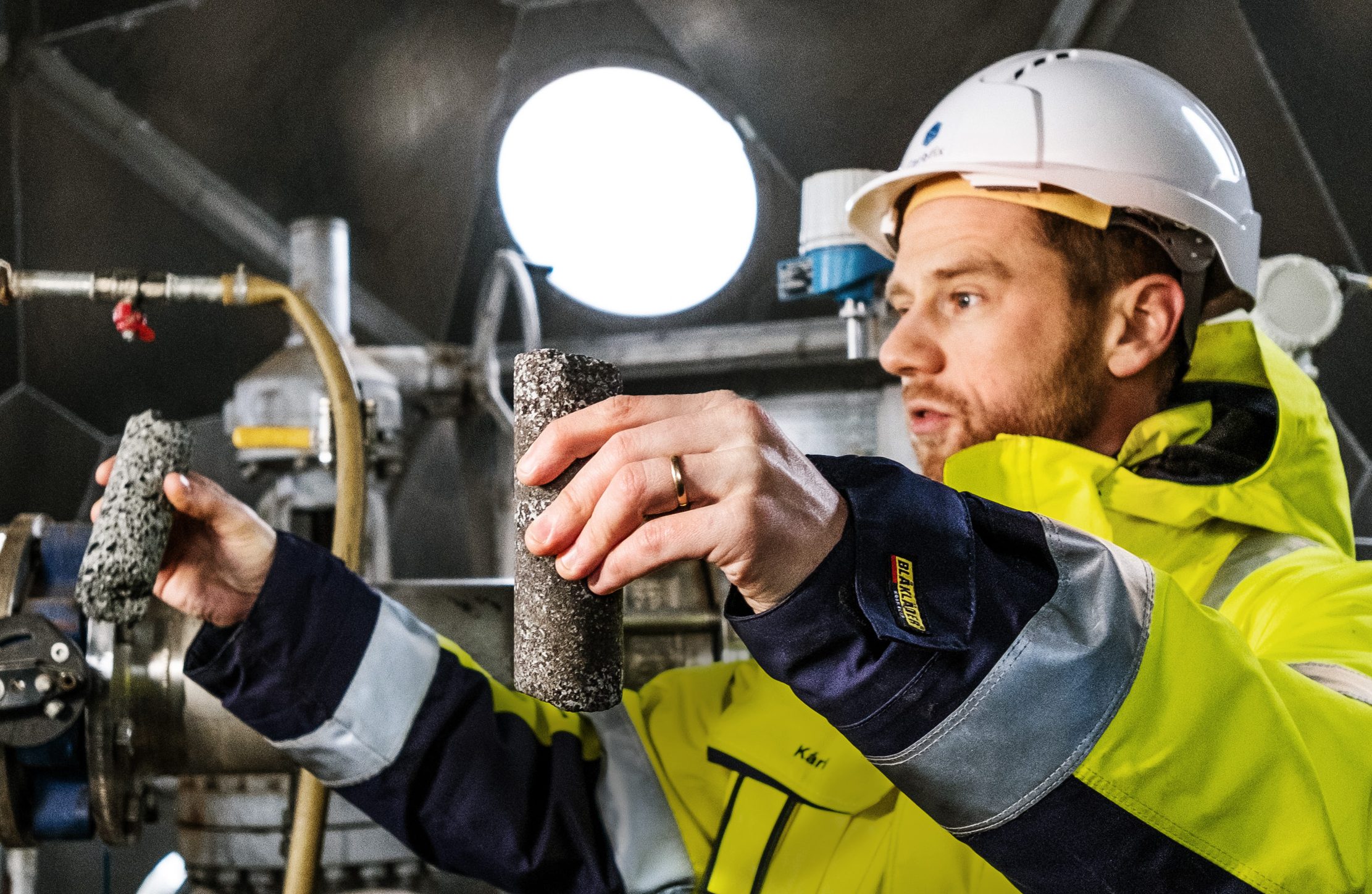
Far larger facilities are in the works as well. Carbon Engineering, based in Squamish, British Columbia, plans to start construction this year on a plant in the US Southwest with the capacity to remove 1 million tons of carbon dioxide a year. With various partners, it’s also begun engineering or design work on plants in Scotland and Norway that would capture 500,000 to 1 million tons per year.
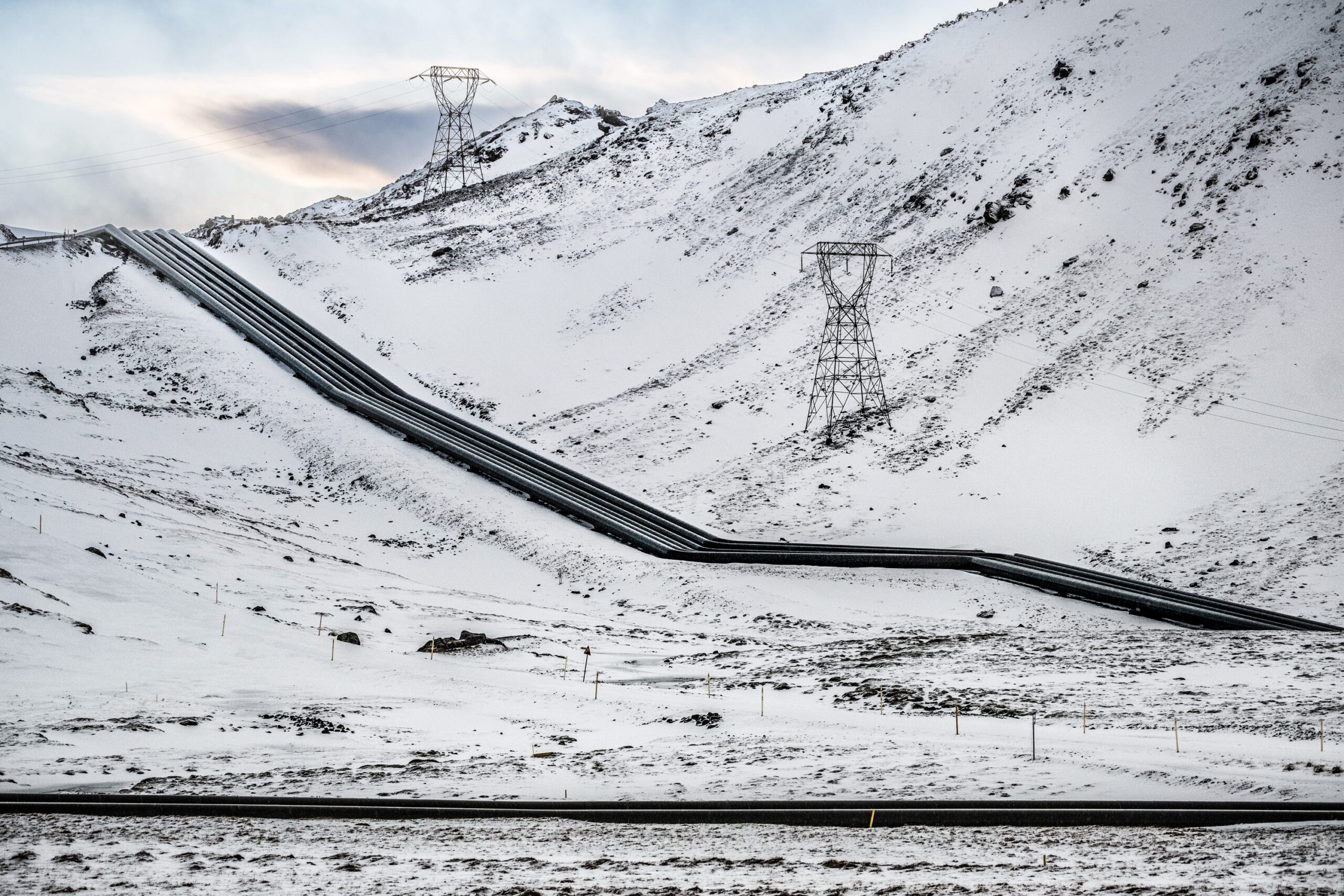
KRISTJáN MAACK
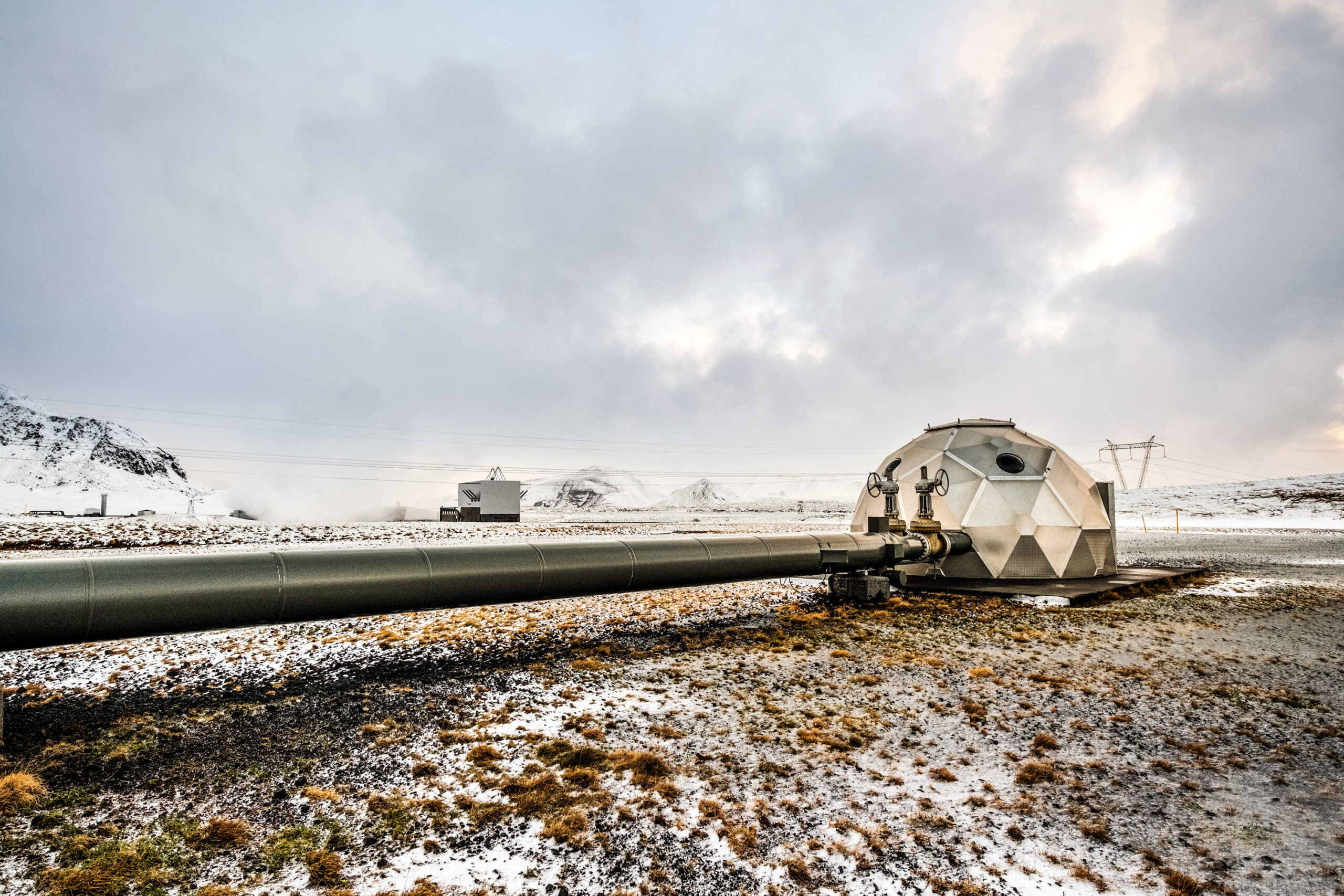
KRISTJáN MAACK
The hope is that building more and larger plants to capture carbon from the air will help companies figure out how to optimize operations, drive down the costs, and realize economies of scale. Climeworks estimates it will reduce costs between $600 and $800 per ton of carbon, to around $100 to $150, by the late 2030s.
A growing number of individuals and companies, including Microsoft, Stripe, and Square, are already paying today’s high costs to suck carbon out of the air as they strive to cancel out their emissions. That’s providing crucial early revenue.



